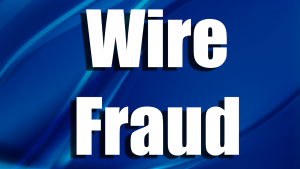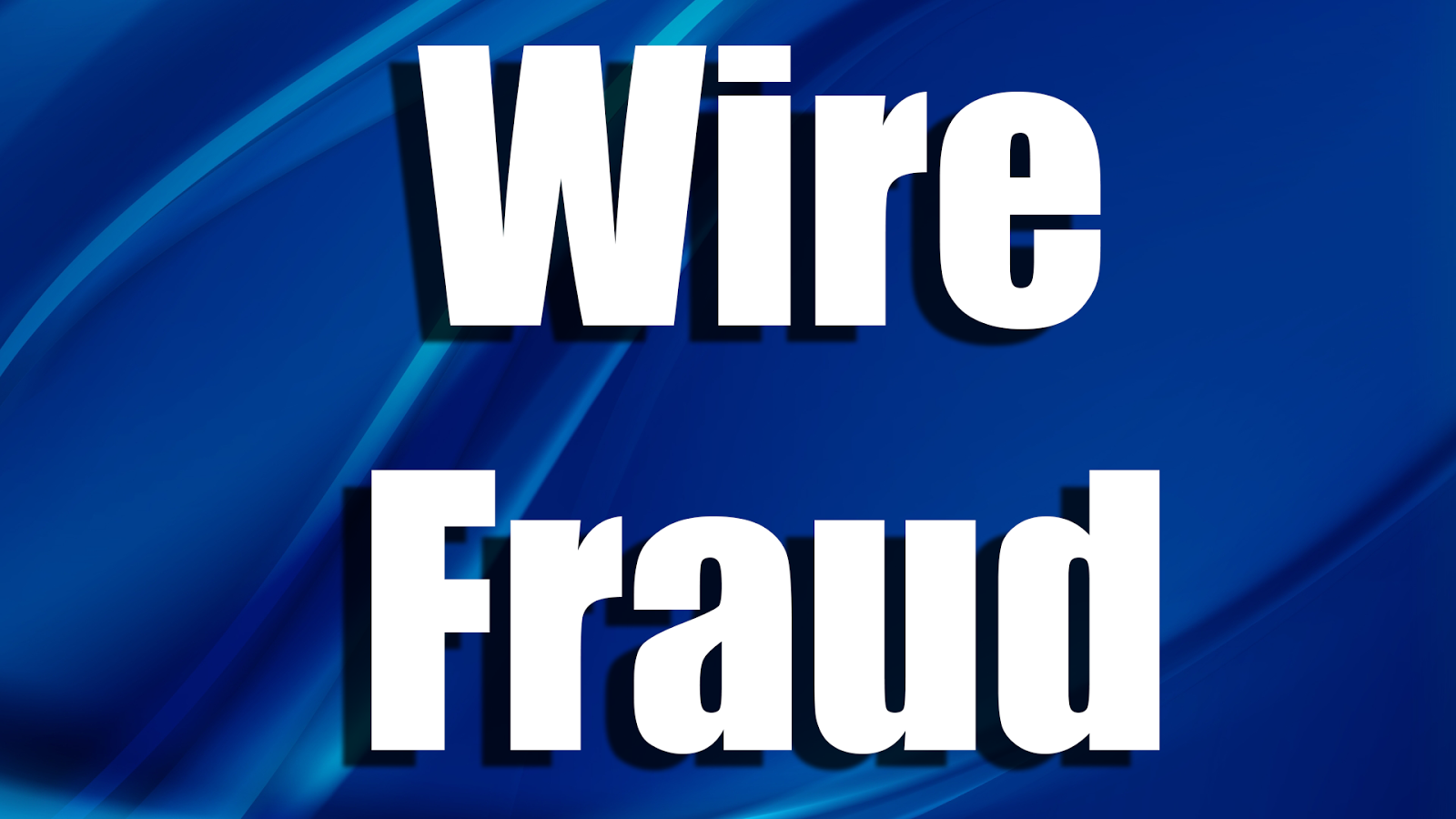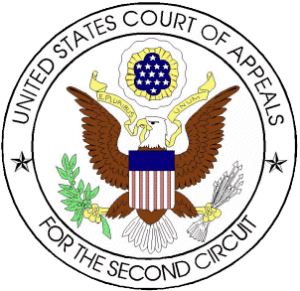Defining The Number Of Victims For Purposes Of United States Sentencing Guidelines.
United States Court of Appeals for the Second Circuit
United States v. Jesurum
Docket No. 144464cr
Decided: April 14, 2016
Issue: Whether the District Court abused its discretion when it ?increased defendant’s sentence by six levels because his offense involved 250 or more victims:?How do you define a victim for purposes of calculating the offense level in the guidelines.
Holding: The United States Court of Appeals for the Second Circuit held that the District Court did not err when it enhanced Defendant’s sentence by six levels.? 
The PSR recommended applying a six-level enhancement under 2014 U.S.S.G. 2B1.1(b)(2)(C), which was applicable at the time of Jesurum’s sentencing, and which provided for such an enhancement if the offense involved 250 or more victims. Two application notes are relevant to the determination of who is a victim under this provision. First, Application Note 1 states that [v]ictim means (A) any person who sustained any part of the actual loss determined under subsection (b)(1) [i.e., the loss calculation]; or (B) any individual who sustained bodily injury as a result of the offense. 2014 U.S.S.G. 2B1.1 cmt. n. 1. Second, Application Note 4(E) states that [f]or purposes of subsection (b)(2), in a case involving means of identification[,] victim means (i) any victim as defined in Application Note 1; or (ii) any individual whose means of identification was used unlawfully or without authority. 2014 U.S.S.G. 2B1.1 cmt. n. 4(E).
Here, the district court did not err in holding that the offense involved 250 or more victims because the evidence demonstrated that more than 250 Sprint customers’ means of identification, here MSIDs and ESNs, were used without authority. Pursuant to Application Note 4, victim includes any individual whose means of identification was used unlawfully or without authority. 2014 U.S.S.G. 2B1.1 cmt. n. 4(E). Means of identification has the meaning given that term in 18 U.S.C. 1028(d)(7), except that such means of identification shall be of an actual (i.e., not fictitious) individual. 2014 U.S.S.G. 2B1.1 cmt. n. 1. Section 1028(d)(7) of Title 18 defines means of identification, in pertinent part, as any name or number that may be used, alone or in conjunction with any other information, to identify a specific individual, including any … telecommunication identifying information or access device (as defined in section 1029(e)). Finally, Section 1029(e) defines access device as including an electronic serial number [or] mobile identification number … or other means of account access that can be used, alone or in conjunction with another access device, to obtain money, goods, services, or any other thing of value. 18 U.S.C. 1029(e)(1).
Facts: On March 26, 2014, defendant, appellant Miguel Jesurum pleaded guilty to a two-count indictment charging him and three codefendants with wire fraud conspiracy in violation of 18 U.S.C. 1343 and 1349 and aggravated identity theft in violation of 18 U.S.C. 1028A(c). At sentencing, as is relevant here, the district court applied a six-level enhancement pursuant to 2014 U.S.S.G. 2B1.1(b)(2)(C) because the offense involved 250 or more victims and, following a Fatico hearing, applied a four-level enhancement pursuant to 2014 U.S.S.G. 3B1.1(a) because the defendant was an organizer or leader of a criminal activity that involved five or more participants or was otherwise extensive. Because the district court appropriately applied those enhancements, we reject Jesurum’s argument that the orally pronounced sentence was procedurally unreasonable, and affirm. The United States Court of Appeals for the Second Circuit, therefore, remanded for the limited purpose of allowing the district court to amend the written judgment to conform it to the oral sentence.
Section 2B1.1(b)(2) of the 2014 Guidelines provided:
(Apply the greatest) if the offense
(A) (i) involved 20 or more victims; or
(ii)was committed through mass-marketing, increase by 2 levels;
(B) involved 50 or more victims, increase by 4 levels; or
(C) involved 250 or more victims, increase by 6 levels.
2014 U.S.S.G. 2B1.1(b)(2). Following the promulgation of the relevant amendment, Amendment 792, the 2015 Guidelines now provide:
 (Apply the greatest) If the offense-
(Apply the greatest) If the offense-
(A) (i) involved 10 or more victims;
(ii) was committed through mass-marketing; or
(iii) resulted in substantial financial hardship to one or more victims increase by 2 levels
(B) resulted in substantial or financial hardship to five or more victims, increase by 4 levels; or
(C) resulted in substantial financial hardship to 25 or more victims, increase by 6 levels.
2015 U.S.S.G 2B1.1(b)(2).
Jesurum contends that he would not have received a six-level enhancement under the amended Guidelines, which were promulgated on April 15, 2015 and went into effect on November 1, 2015, well after Jesurum’s November 21, 2014 sentencing. He therefore argues that it would be manifestly unjust not to apply the amendment retroactively.
The definition of victim remains the same. U.S.S.G 2B1.1 cmt. Nn.1,4(E). It is readily apparent that Amendment 792 effects a substantive change to the Guidelines and does not merely clarify the Guidelines application on direct review. Therefore, the Court held that they may not apply it when assessing whether the district court erred in its application of the 2014 Guidelines, Kim, 193 F.3d at 478. Jesurum must instead direct any request for relief under Amendment 792 to the district court in the first instance, Colon, 961 F.2d at 45-46
At the sentencing hearing, the district court stated that Jesurums term of imprisonment will be followed by two years of supervised release on Count 1 and 1 year of supervised release on Count 2, to be served concurrently. Appx at 242. However, the written judgment states that Jesurum will serve a supervised release term of 3 years on count 1 and 1 year on count 2, to run concurrently. Appx at 252.
Because the oral pronouncement controls, see United States v Rosario, 386 F.3d 166, 168 (2d Cir. 2004), the Government consented either to modification of the judgment by this Court or to a remand to the district court to fix this error. The Court, therefore, remanded so that the district court may, in accordance with Federal Rule of Criminal Procedure 36, amend the written judgment so that it conforms with the oral sentence pronounced by the court. United States v.Werber, 51 F.3d 342, 347 (2d Cir. 1995); see Fed. R. Crim. P. 36. Accordingly, the United State Court of Appeals for the Second Circuit affirmed the sentence imposed orally by the district court and remanded to the district court for the limited purpose of amending the judgment to conform to the oral sentence.


